
One of the five Stan republics formerly ruled by the Soviet Union, Turkmenistan is bordered by the Capsian Sea and covered largely by the Karakum Desert. Home to the ruins of ancient settlements while also having one of the world’s most exceptional capital cities, Turkmenistan is a fascinating mixture of rich history and frenzy present, waiting to be discovered by curious adventurists so travel with me to have a glimpse of this mysterious central Asian nation.
It’s definitely much easier to get your entry visa approved if you hire a local tour guide in advance, ultimately handing his or her details to government officials upon arrival. Additionally, leave your drone behind to ensure your entry is trouble-free. Whereas smoking in public is strictly prohibited, you are allowed to smoke at home, in any sort of restaurant and within hidden designated areas of your hotel, out of view and out of sight.
Visiting the ancient city of Merv:
The ruins of Great Kiz-Kala Fortress (7th – 12th centuries) – considered as an important landmark, this Keshk, as it’s known locally, was probably a semi-fortified home for an important high-ranking official.
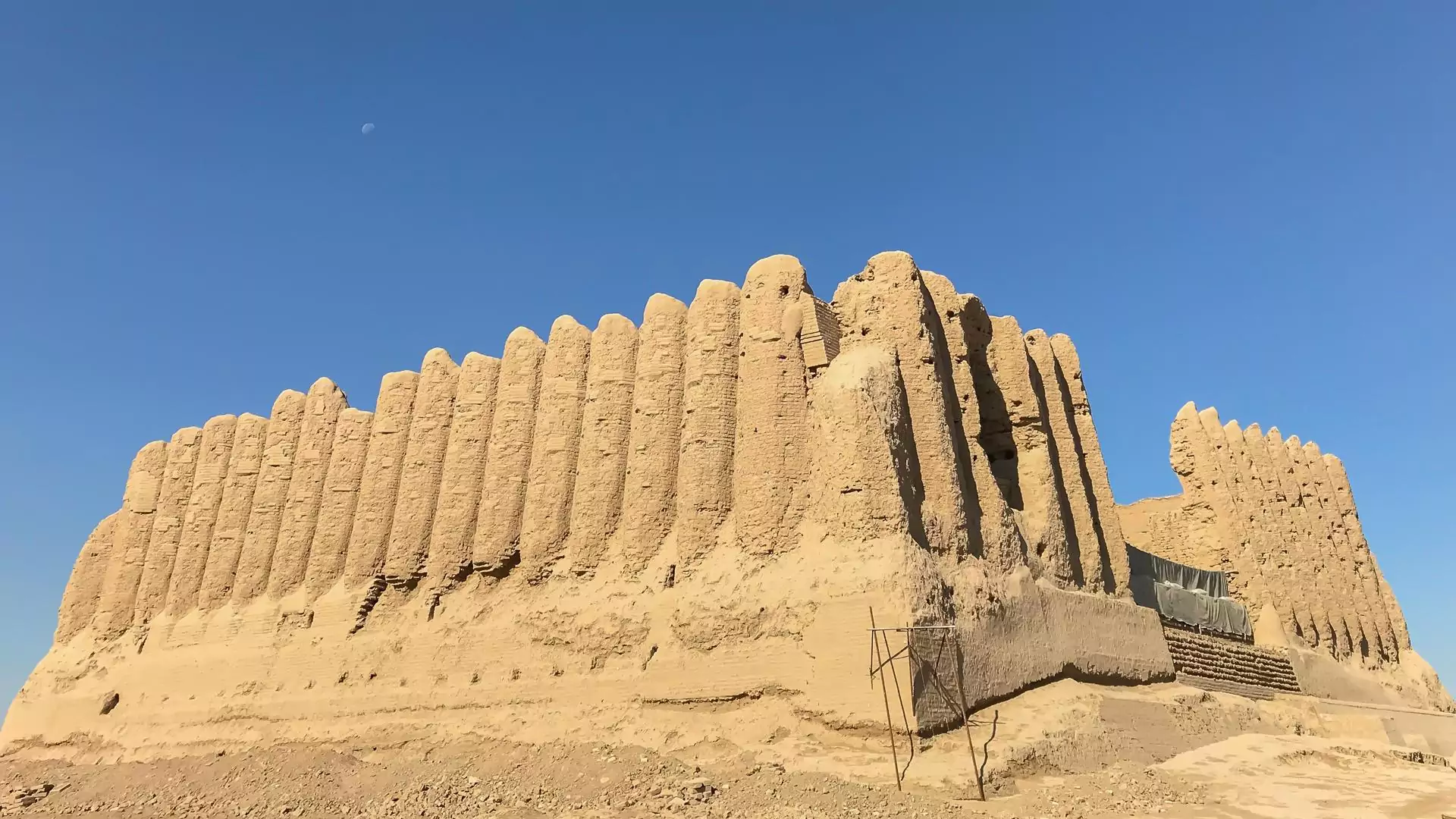
photography by: Adeline Wee
The 7th century Little Kiz-Kala Fortress.
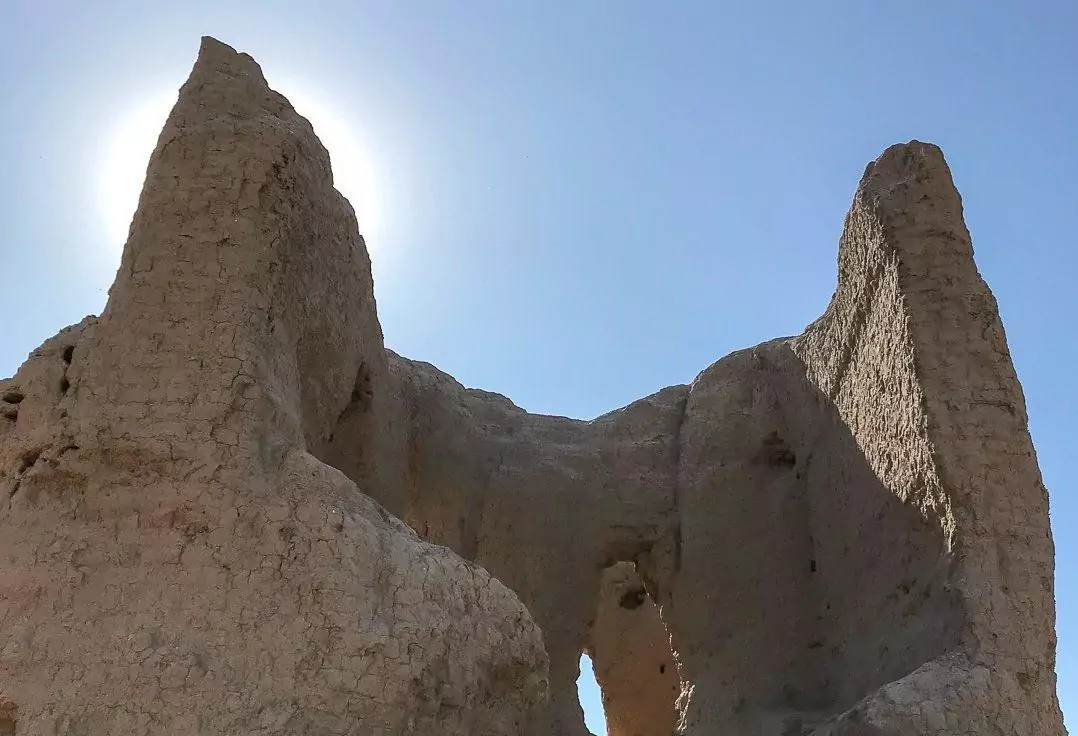
photography by: Adeline Wee
This structure was built as a snow storage facility during winter-time, when each summer the melted ice formed a water reservoir, providing the needs of the local inhabitants.
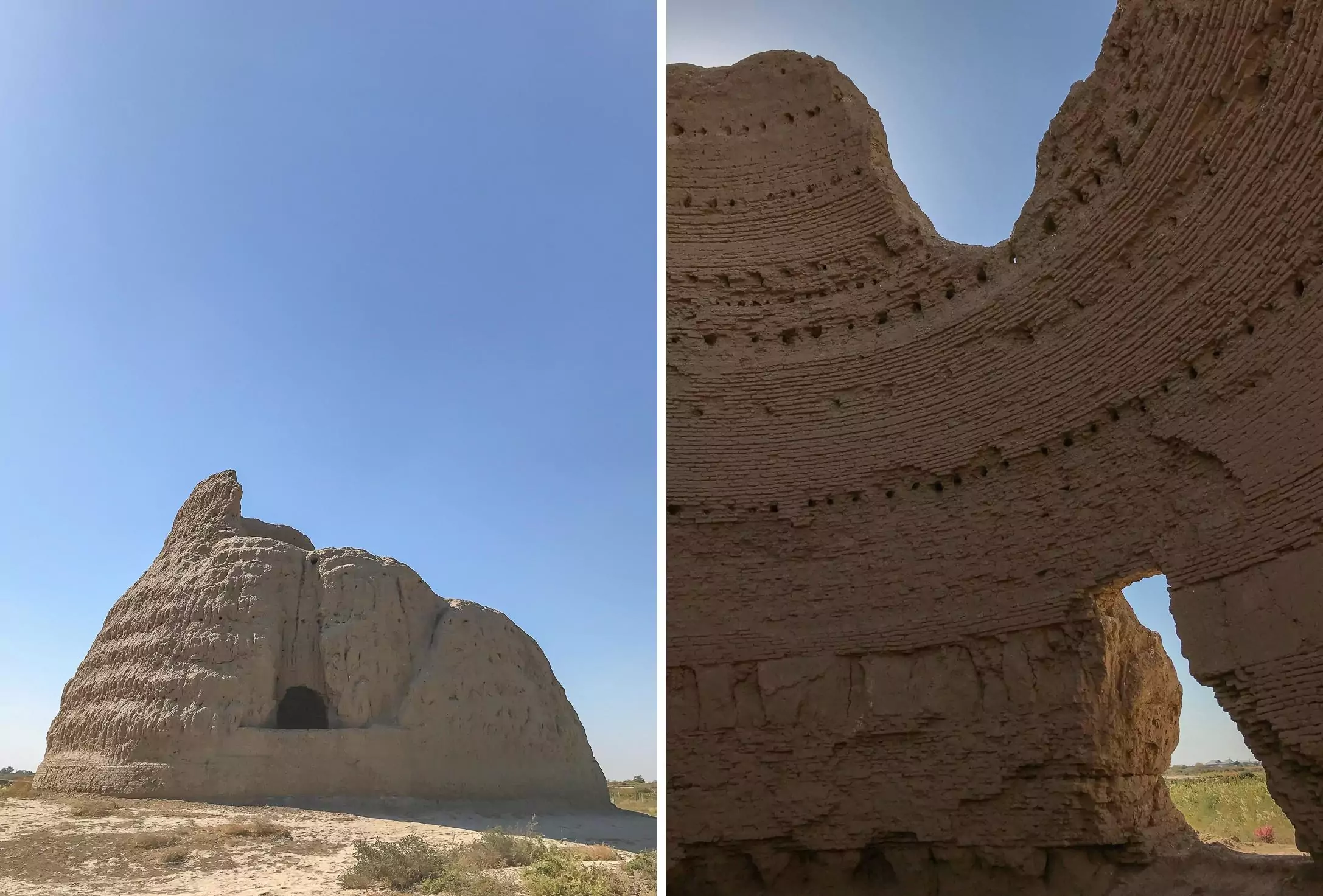
photography by: Adeline Wee
Listed as a UNESCO World Heritage site, the ancient city of Merv was once one of the most thriving oasis-cities in the world, serving as an important stopover along the ancient Silk Road, eventually destroyed by invading Mongol tribes. Widely unknown fact is that the city was predominantly Buddhist before the arrival of Islam.
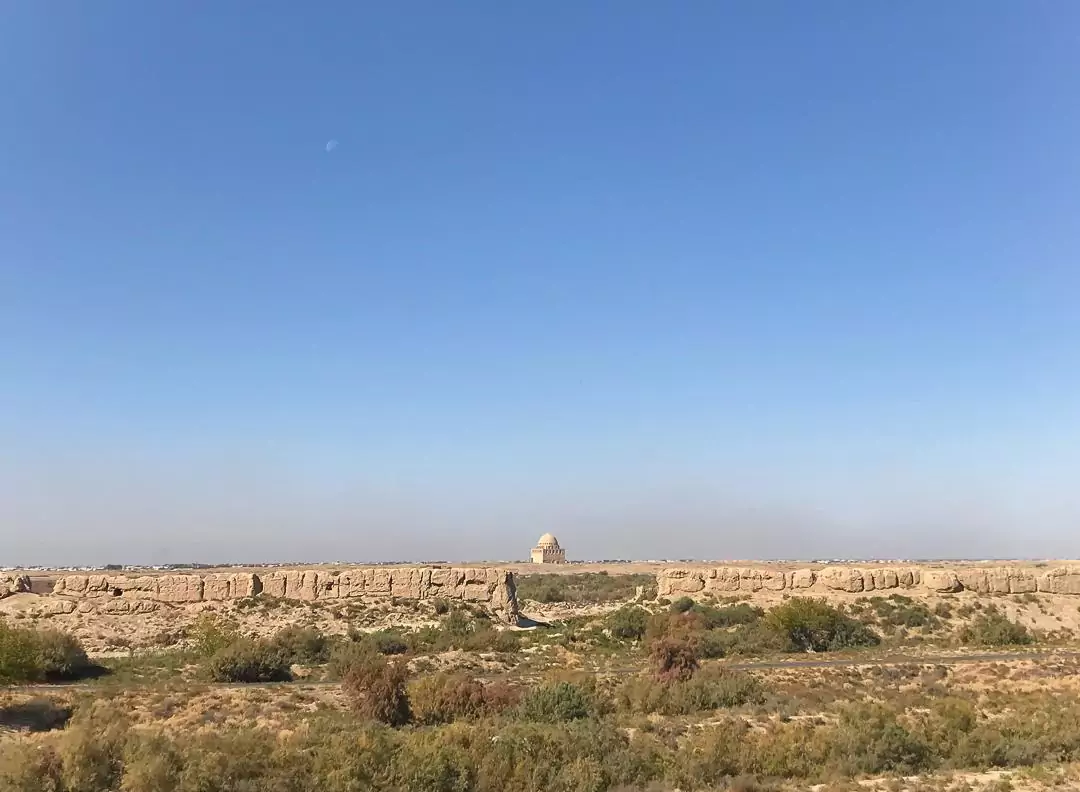
photography by: Adeline Wee
The Tomb of Ahmad Sanjar, the sultan of the Great Seljuk Empire. Formerly one of the greatest Seljuk tombs, the building features a gallery and single glazed dome embellished with blue bricks. Built in 1157 following his death, the mausoleum was previously a part of a single complex, where several buildings including a mosque and a palace, were centered around a large courtyard.
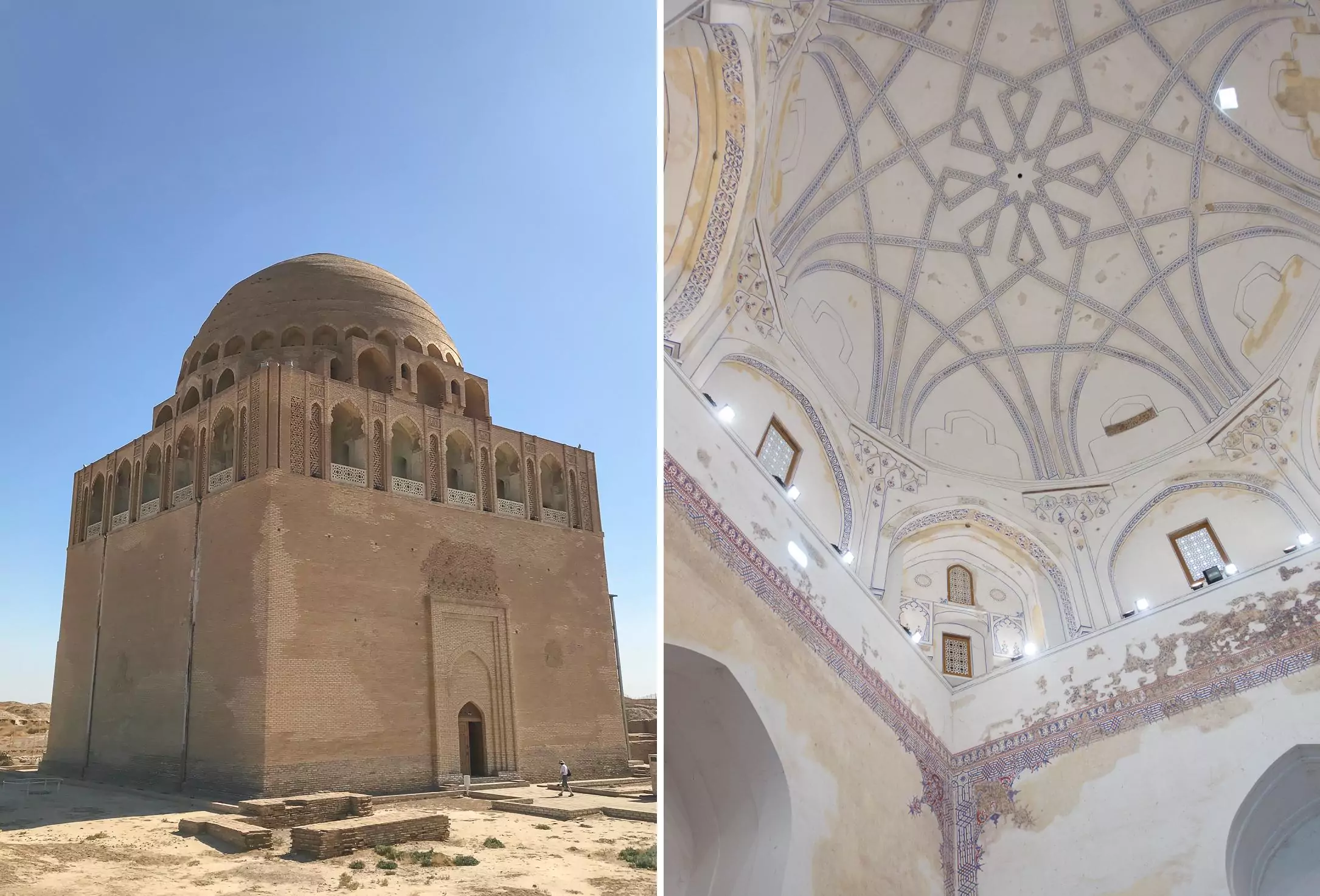
photography by: Adeline Wee
The Askhab Mausoleum, a Timurid-era shrine, built in honor of Abu Dhar al-Ghifari and Abu Buraidah al-Aslami, believed to be Prophet Muhammed’s earliest companions and converts to Islam. These shrines were supported by two Iwans, commonly used as an entrance to monumental buildings such as a mosque.
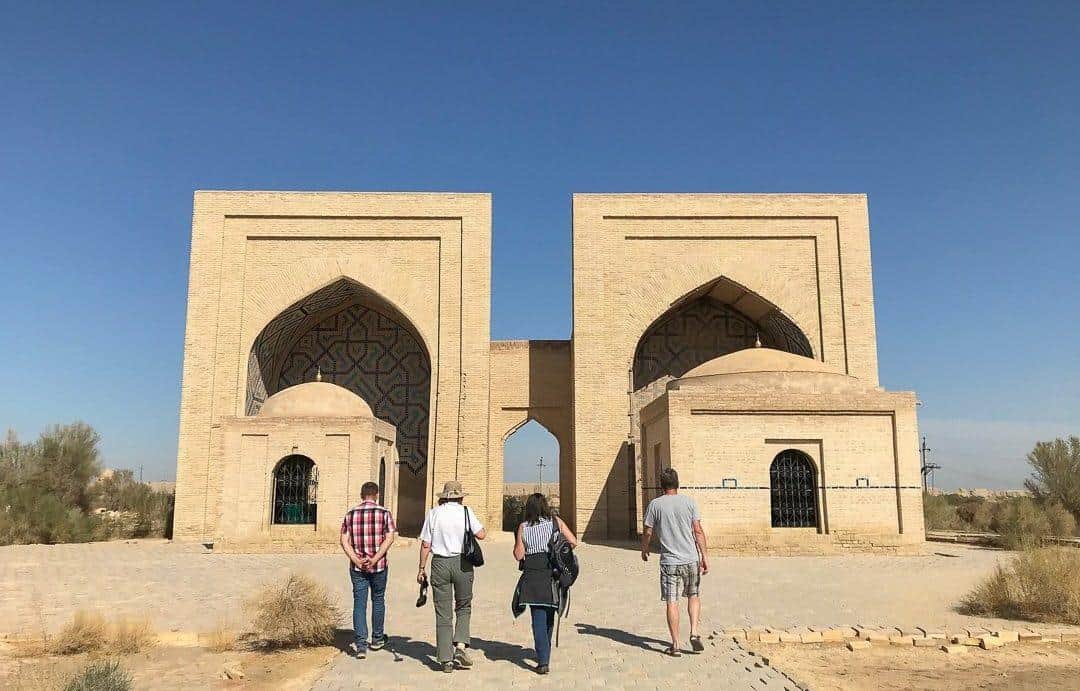
photography by: Adeline Wee
The oldest part of the city complex, Erk Kala was a Persian style fortress built to militarily control the oasis around the Murghab River.
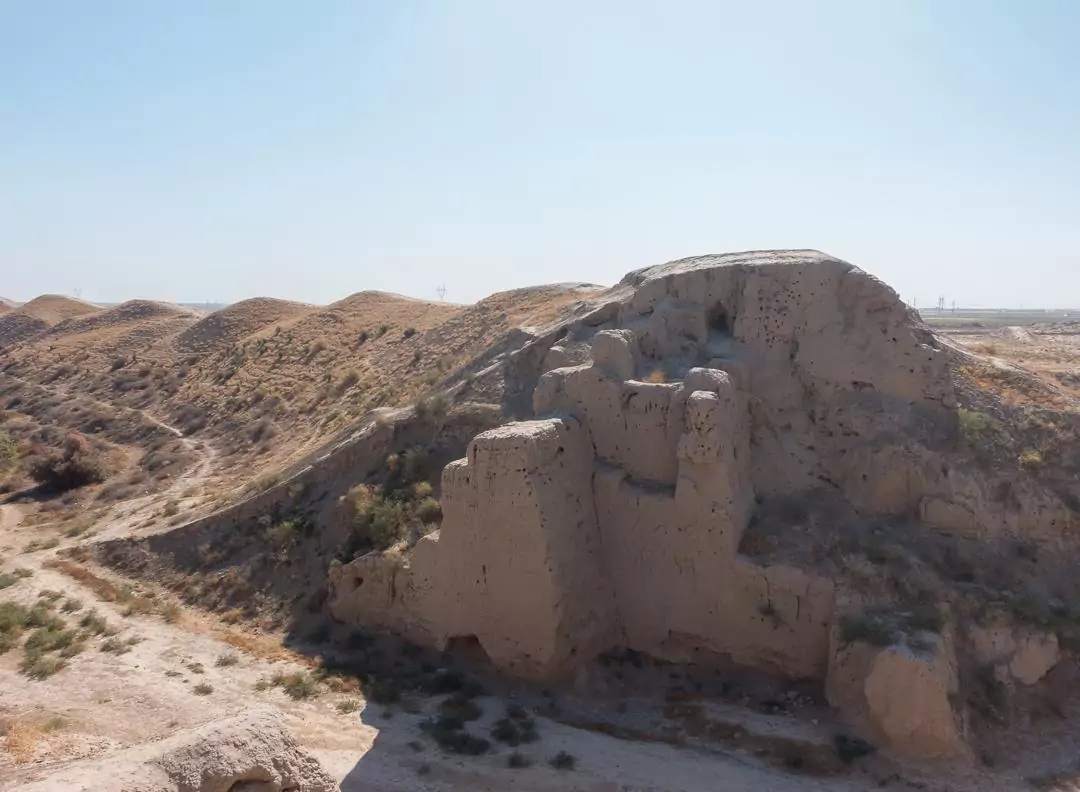
photography by: Adeline Wee
The National History and Ethnology Museum is a great opportunity to explore the history of Turkmenistan, as on display is a large plethora of nationally significant artifacts such as household items, musical instruments and more, many of which are hand-made. Furthermore, the museum has a sizable collection of ancient artifacts dating back to the Mesolithic era, Bronze Age and later periods.
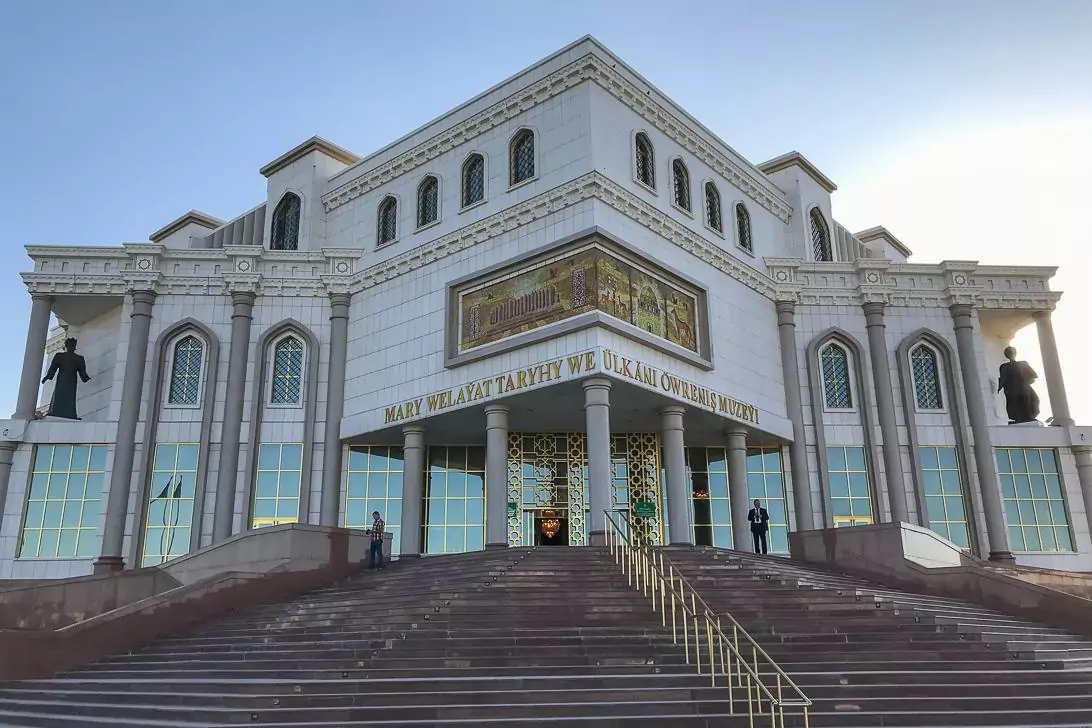
photography by: Adeline Wee
Pokrovskaya Church, a Russian Orthodox Chuch built in 1884 when Russian forces took control of the city of Mary.
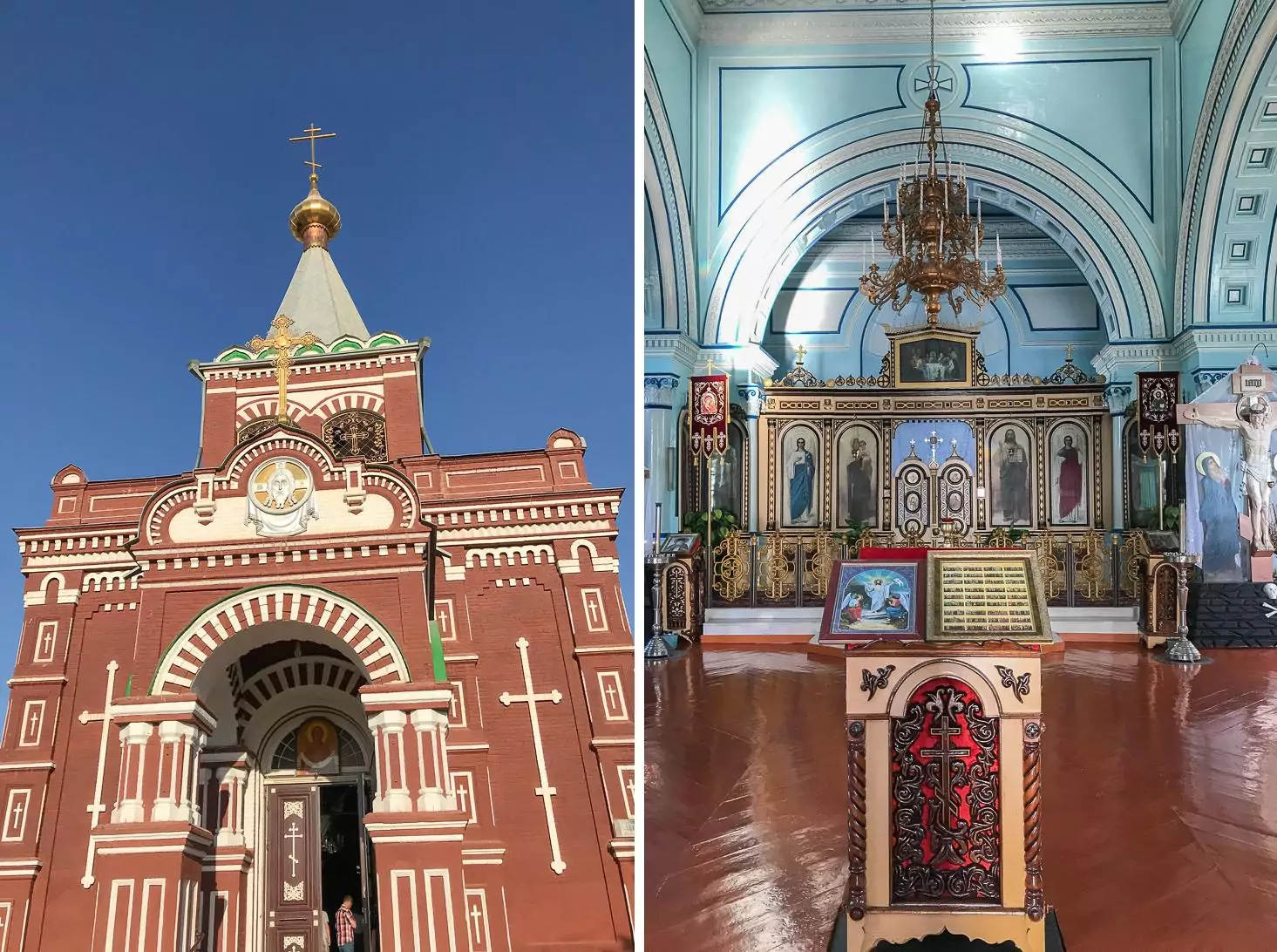
photography by: Adeline Wee
Gurbanguly Hajji Mosque
You probably wouldn’t guess it, but the capital city of Turkmenistan, Ashgabat (Ashk Abad), is literally named the city of love, originally deriving from the Persian language. Intriguingly, the city looks like it’s completely covered by white marble, and dominated by many grandiose monuments and fountains.

photography by: Adeline Wee
Sunset view of Ashgabat from my hotel window. Look at all the fine white marble buildings.
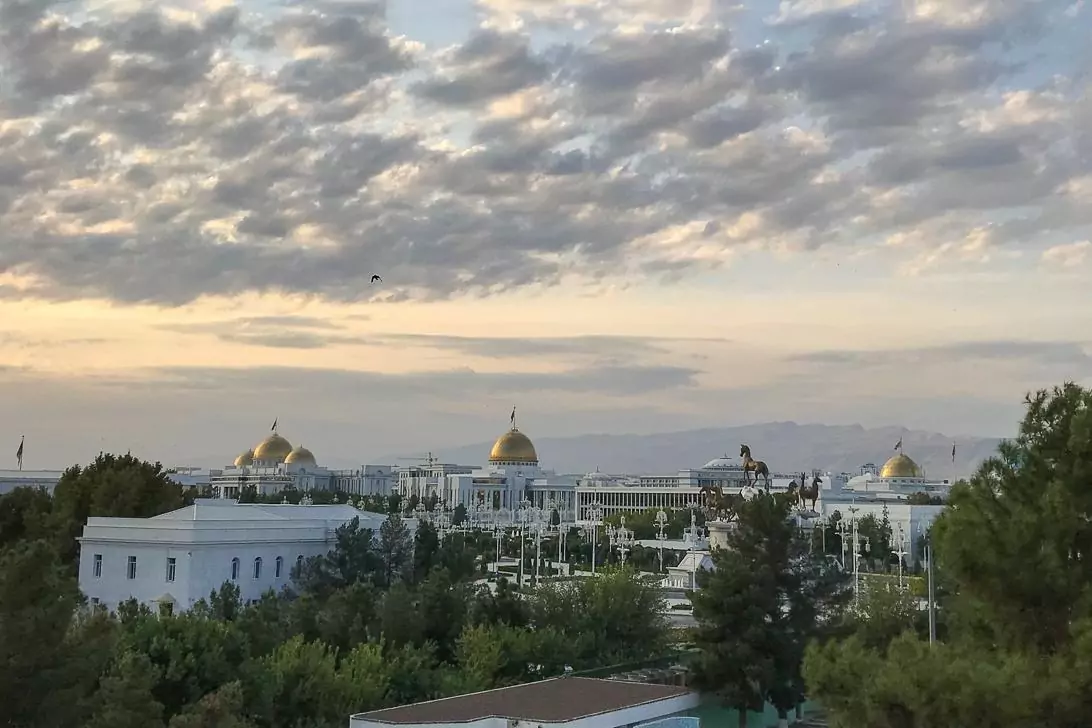
photography by: Adeline Wee
The State Museum of Turkmenistan has seven permanent galleries, incorporating past, and present-day culture and ethnography.
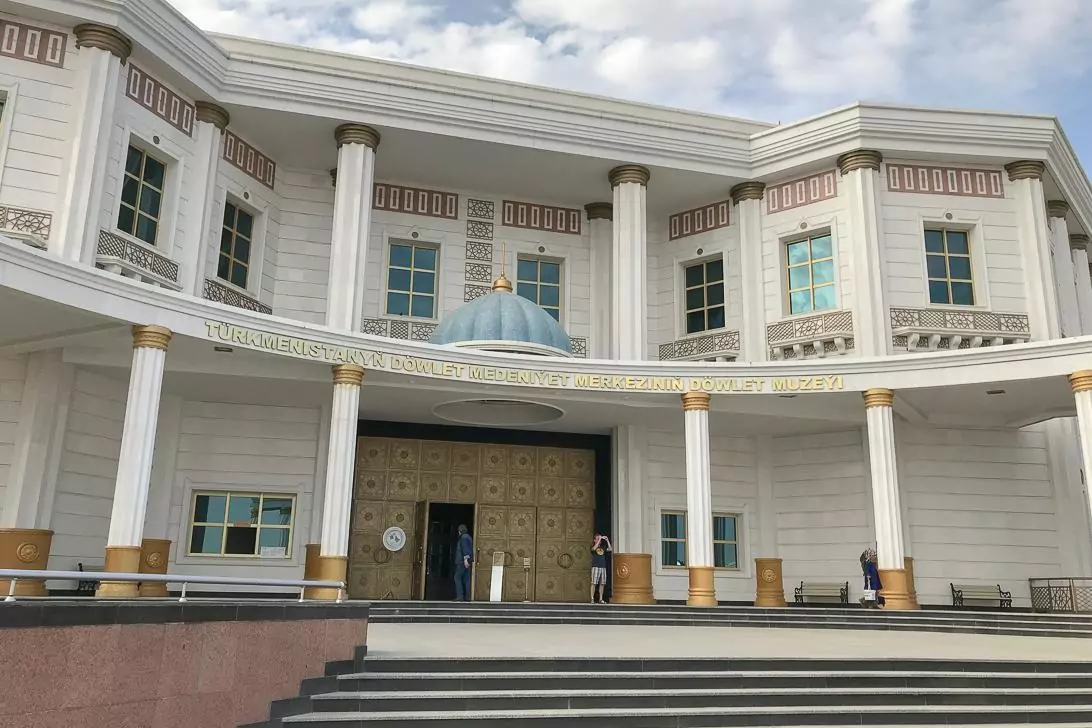
photography by: Adeline Wee
On the left: Standing at 185m tall, the Constitution Monument was built in honor of the 20th anniversary of the constitution of Turkmenistan.
On the right: The flamboyantly designed Alem cultural center is topped by a Ferris wheel named ‘Alem’, directly translated as ‘The Universe’.
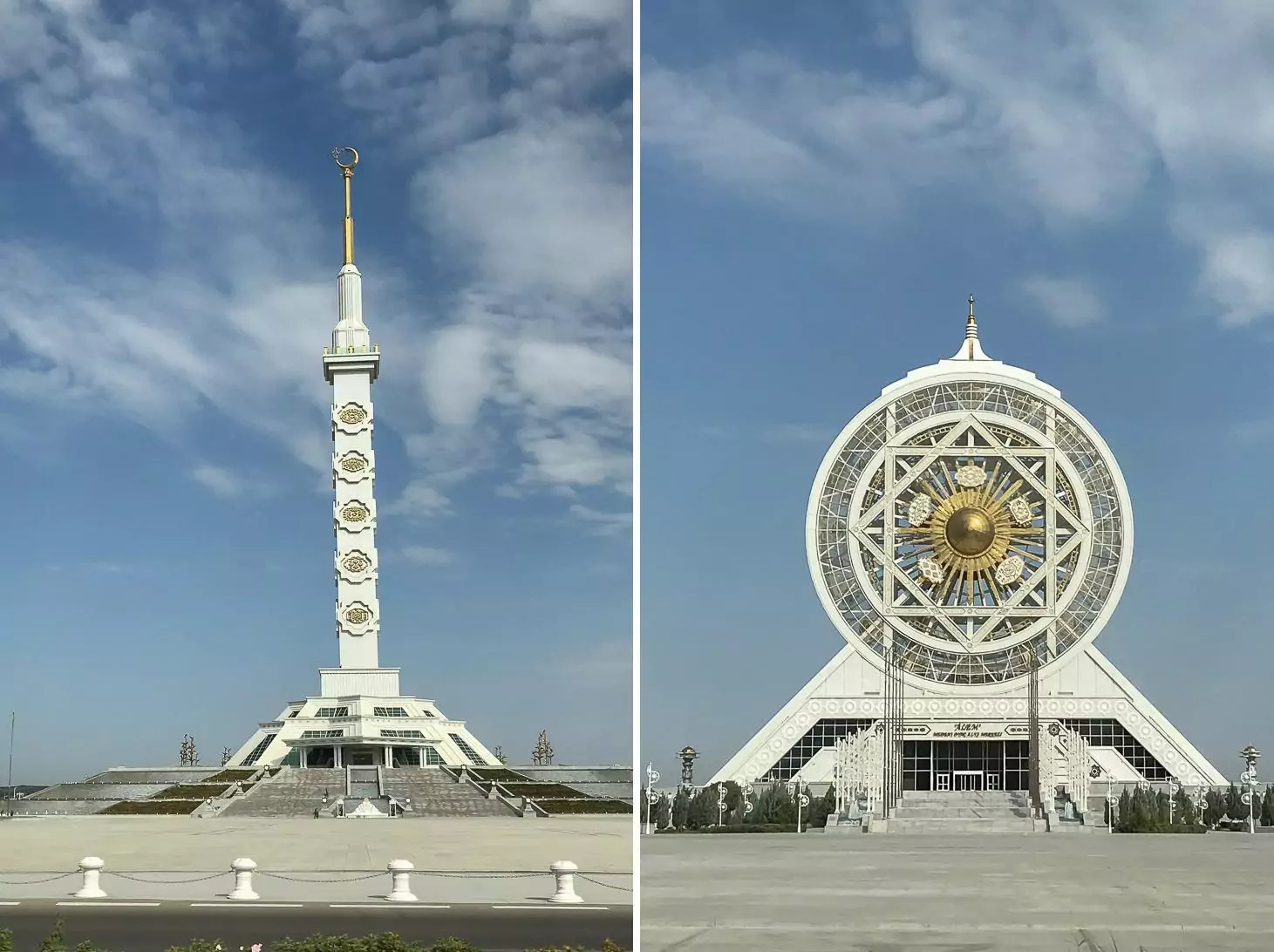
photography by: Adeline Wee
The Monument of Akhal-Teke horses. One of Turkmenistan’s biggest sources of pride and joy, the Turkmen horses are highly priced and breed for their metallic sheen, in fact, those majestic beasts are so revered nationwide to the extent of being part of the Turkmen national emblem, therefore it’s the only former soviet country in Central Asia where you won’t be able to find horse meat in any local market.
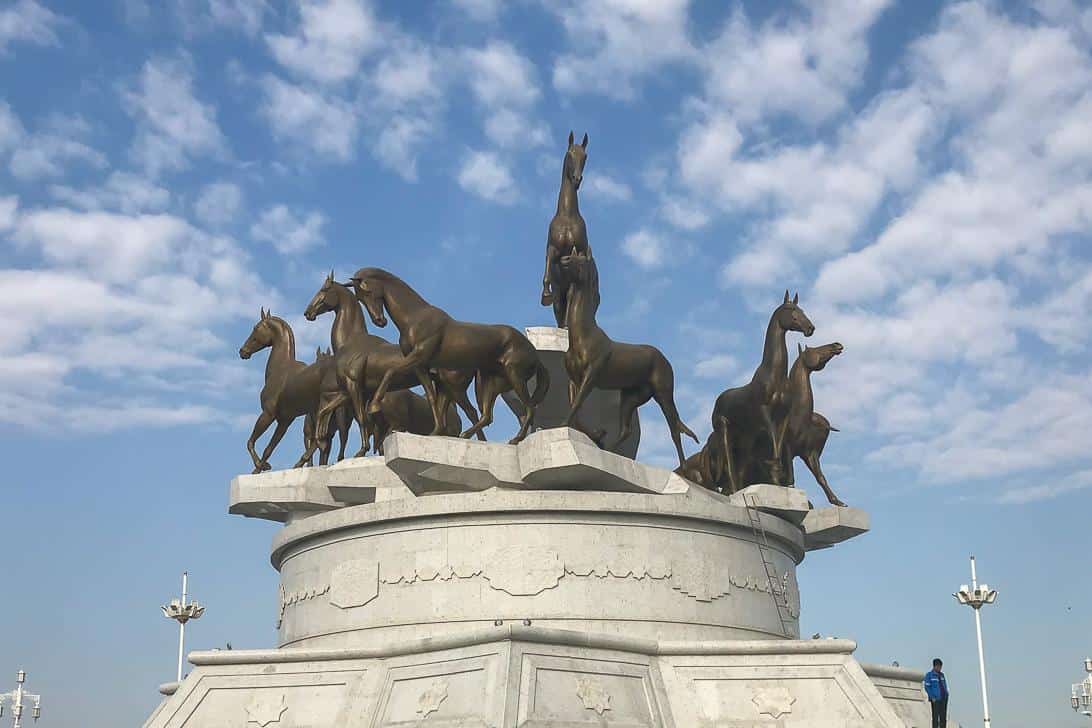
photography by: Adeline Wee
Located on the Independence Square, Ruhyýet Palace (the blue domed building) is where all official state events, forums, meetings and inaugurations are held whereas Oguzhan Presidential Palace is the Turkmenistani president’s official residence and principle workplace. Take note that photography is not permitted within the Independence Square and Oguzhan Presidential Palace.
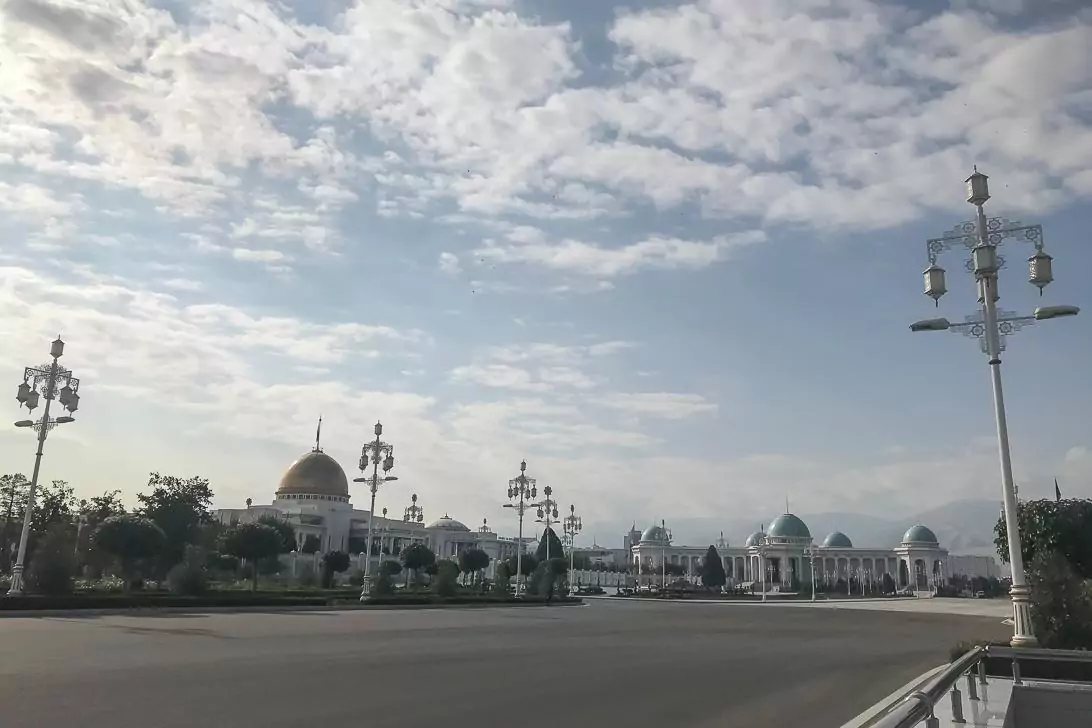
photography by: Adeline Wee
Bestowed with well-manicured gardens and numerous fountains, the Independence Park is a remarkable symbol of modern Turkmenistan.

photography by: Adeline Wee
The Independence Park.
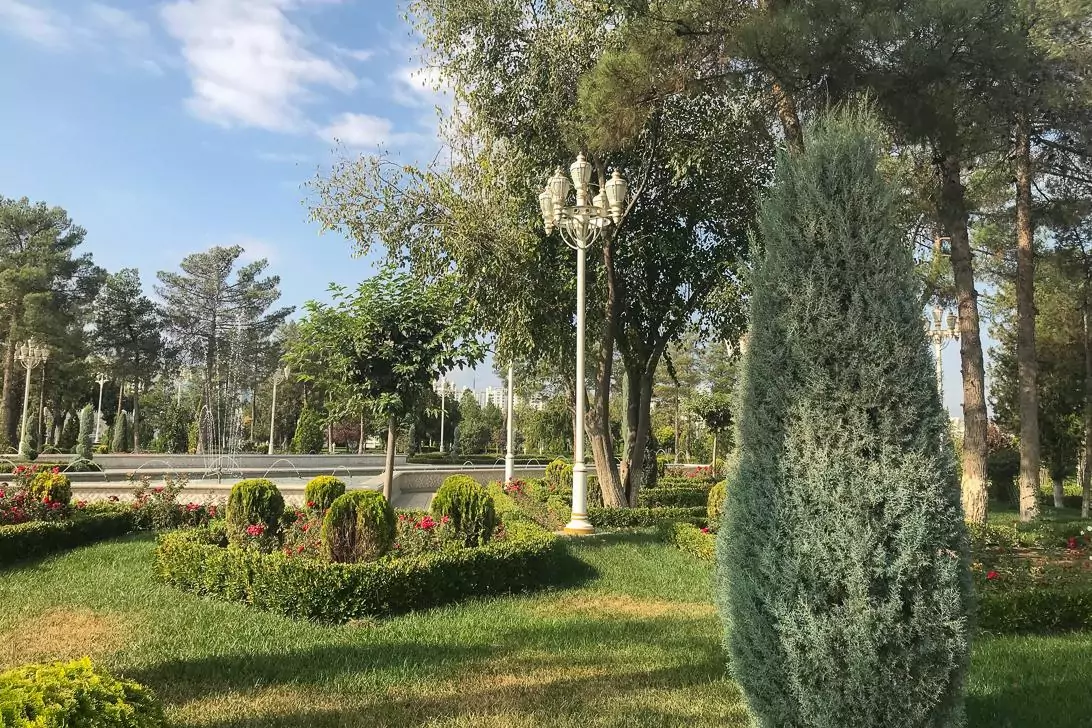
photography by: Adeline Wee
A UNESCO World Heritage site, the ancient settlement of Nisa was built by the powerful empire of the Parthians, who formerly played a major role in the regional trading.
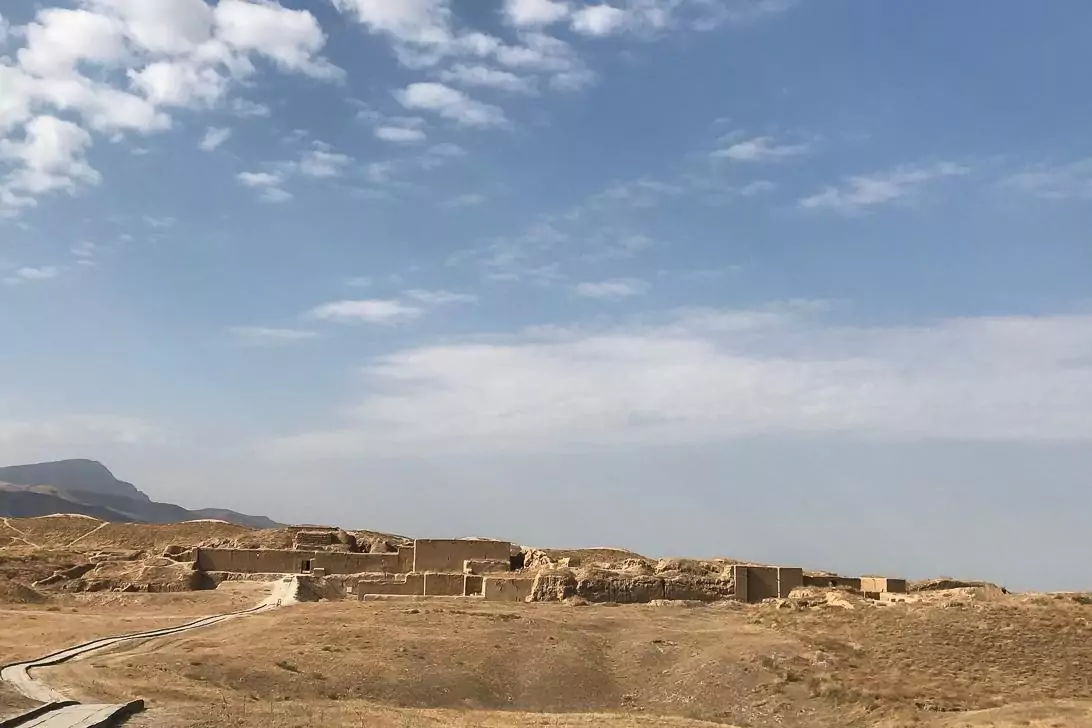
photography by: Adeline Wee
The ancient city of Nisa.
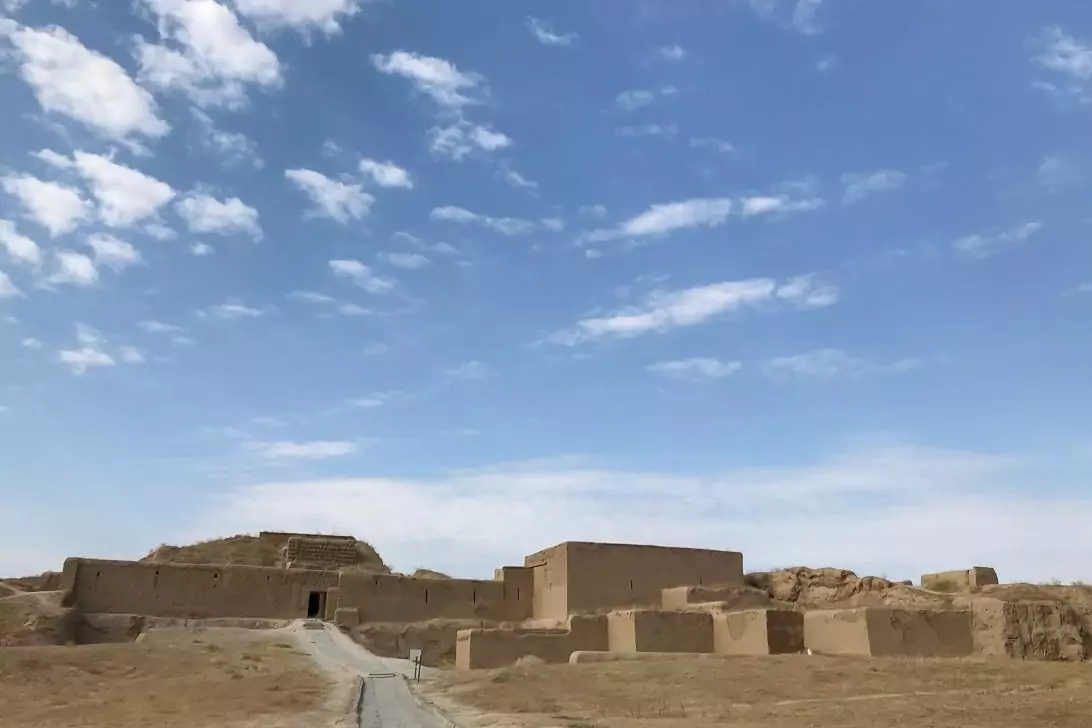
photography by: Adeline Wee
The ancient city of Nisa.
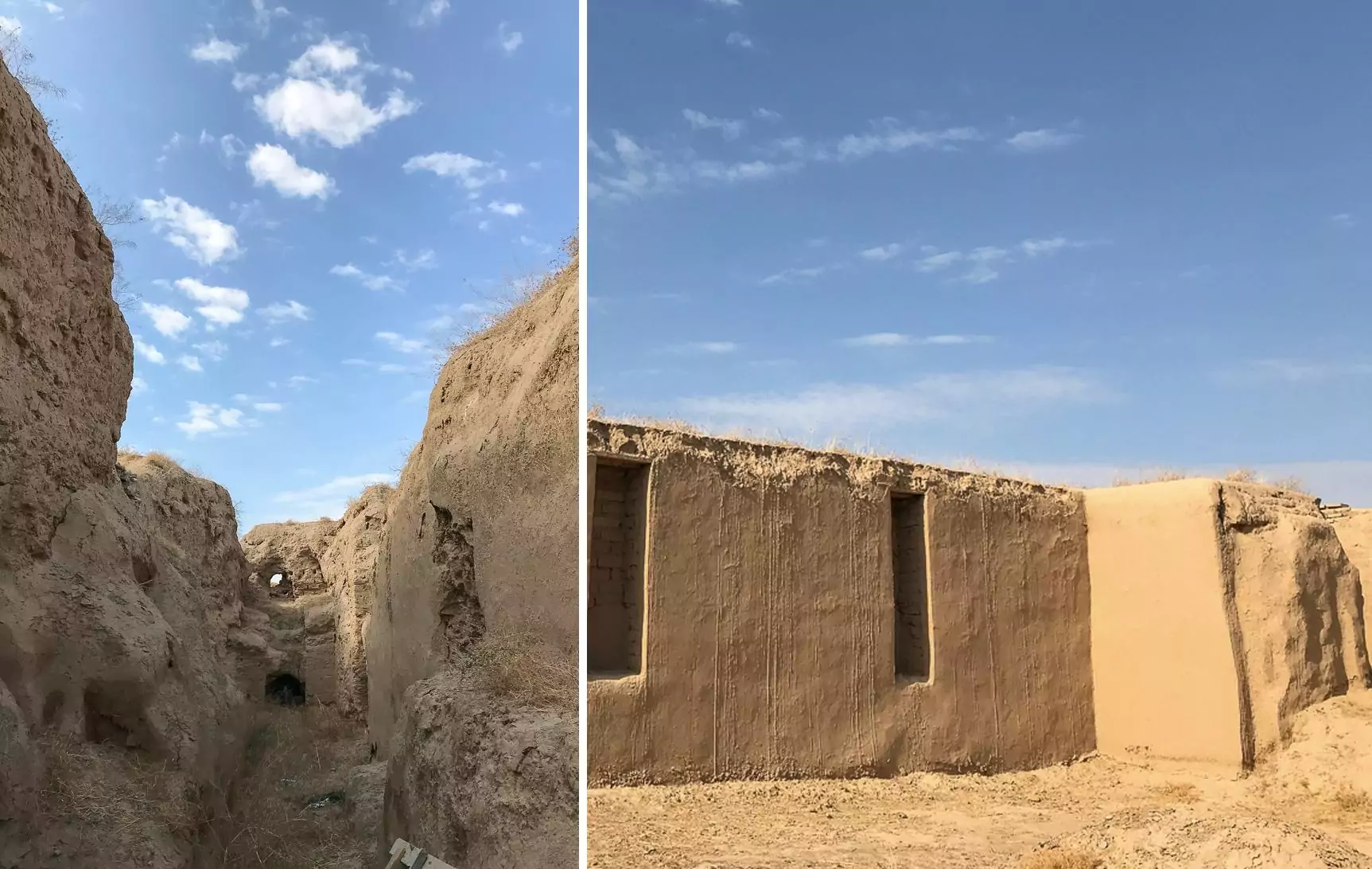
photography by: Adeline Wee
The ancient city of Nisa.
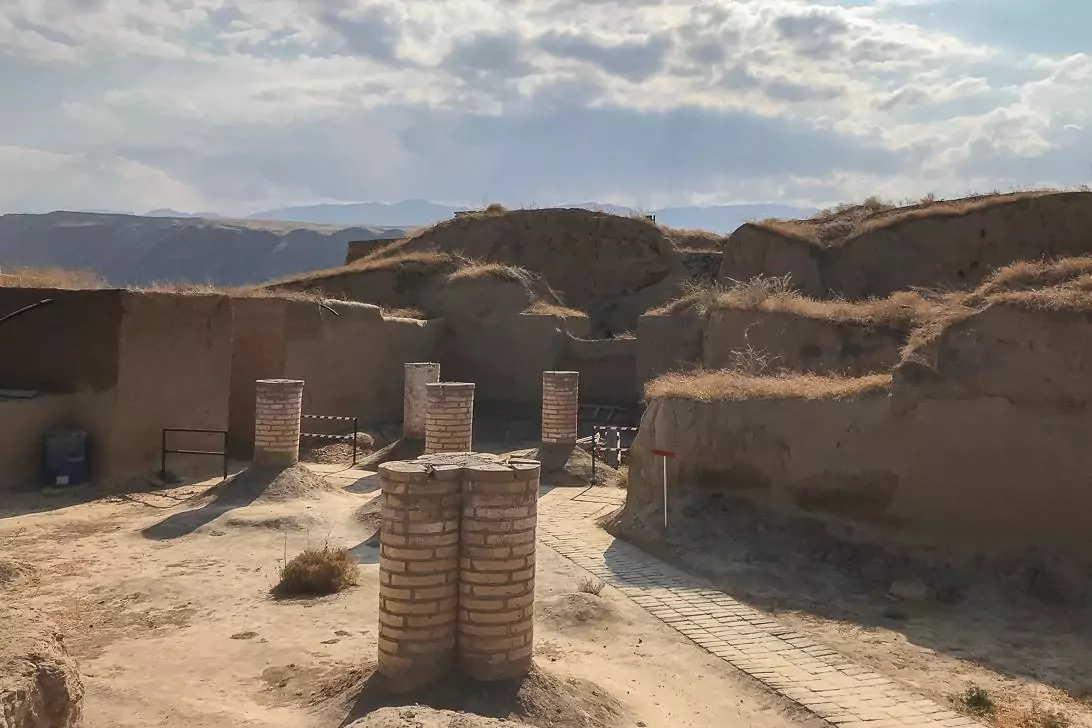
photography by: Adeline Wee
One of the many colorfully hand-crafted cakes you will find in local bazaars.
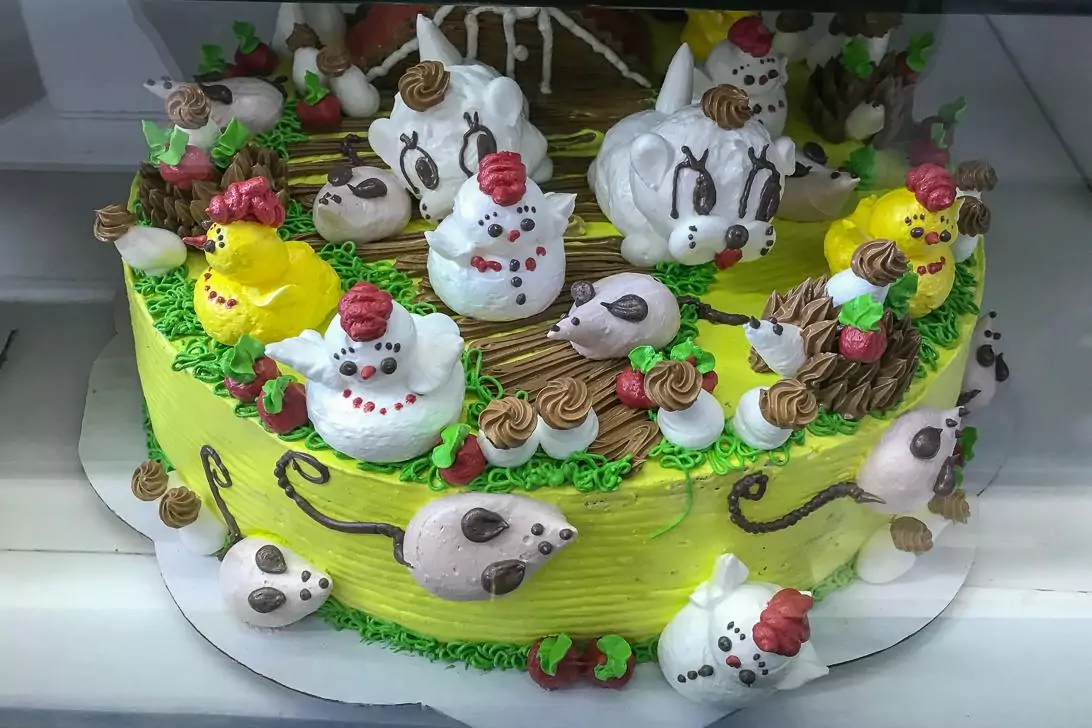
photography by: Adeline Wee
Groups of wandering camels are exceedingly a common sight in Turkmenistan, while camel milk, yogurt and other dairy products are consumed regularly throughout the country.
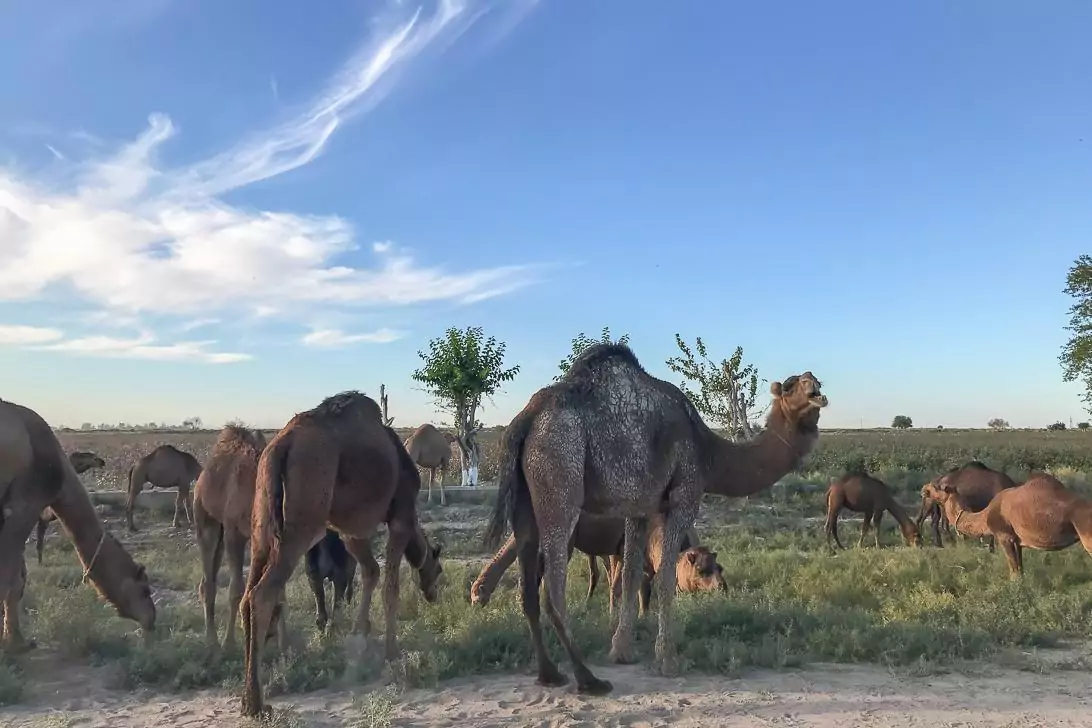
photography by: Adeline Wee
An oasis as we drove along, in the Karakum Desert.
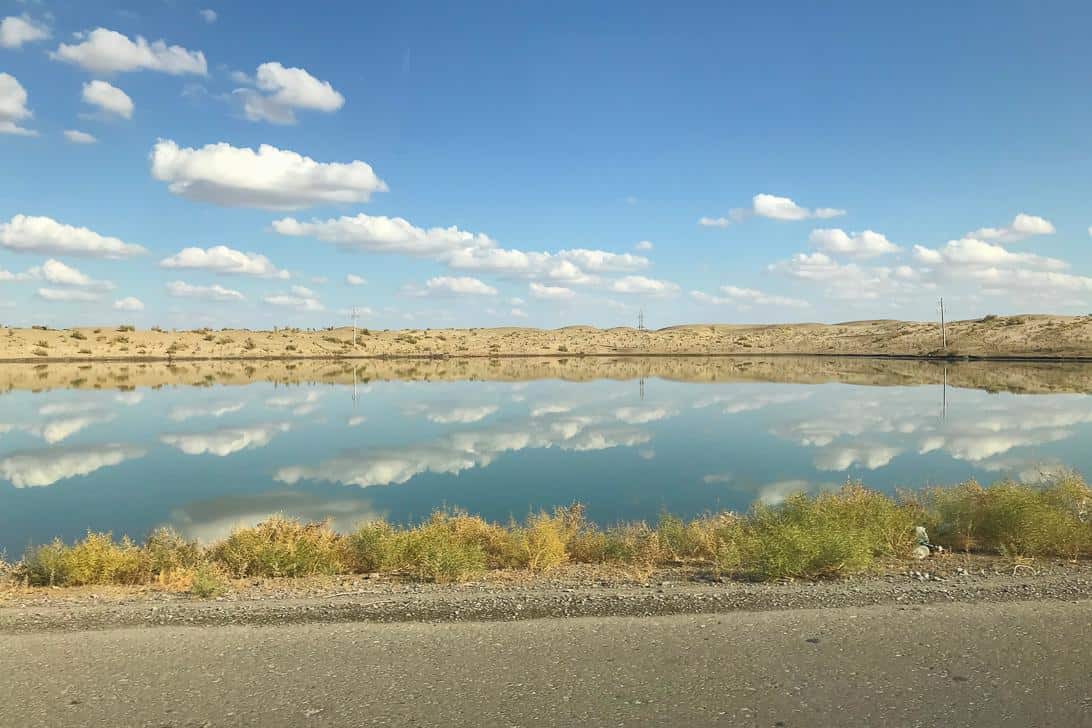
photography by: Adeline Wee
Traditionally baked breads using a clay oven.
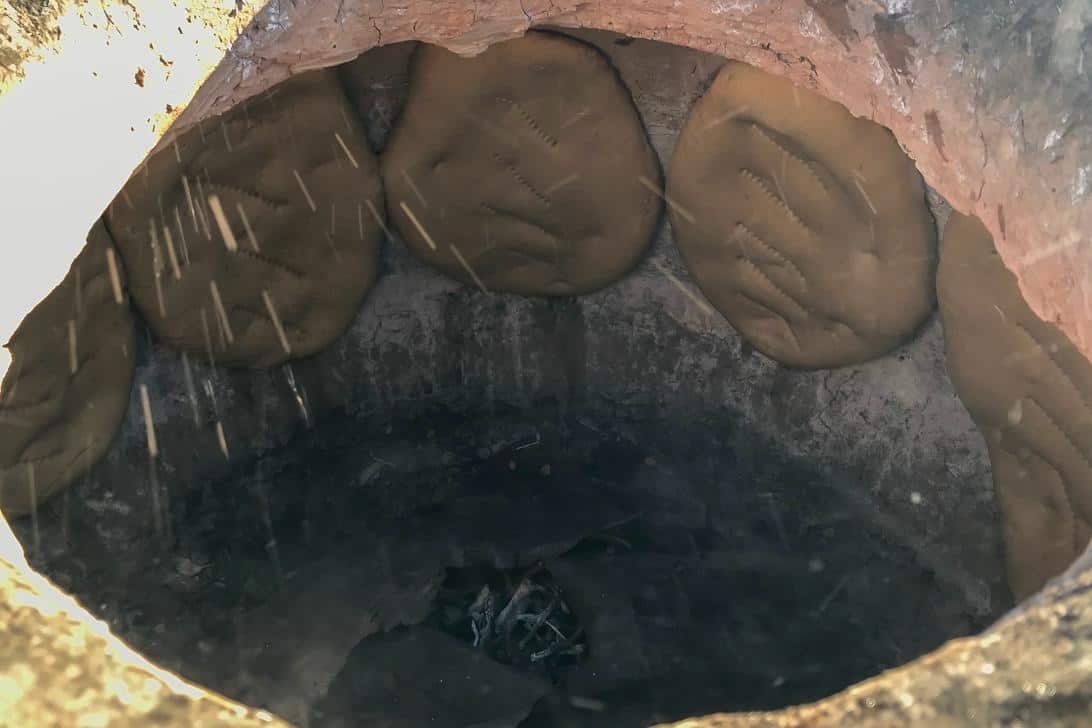
photography by: Adeline Wee
On the left: A local woman and her baby from the Erbent Desert community. Interestingly, the tall hat indicates that she is married.
On the right: A turquoise Lake crater.
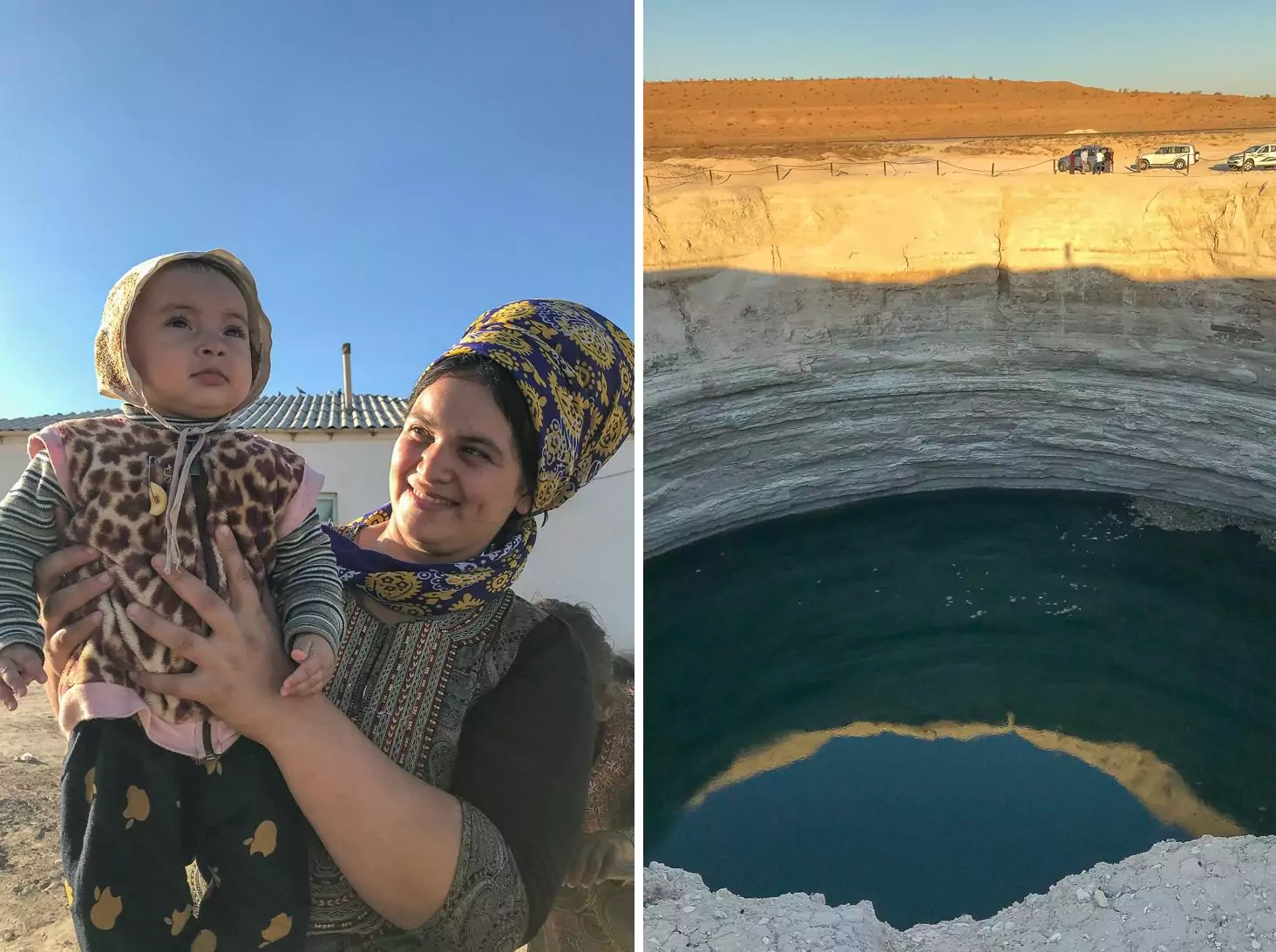
photography by: Adeline Wee
A Mini gas crater.

photography by: Adeline Wee
Darvaza gas crater, famously known as the Gates of Hell. A natural gas field that was intentionally set on fire to stop the spread of methane gas when it first collapsed into a cavern. It has been burning since 1971.
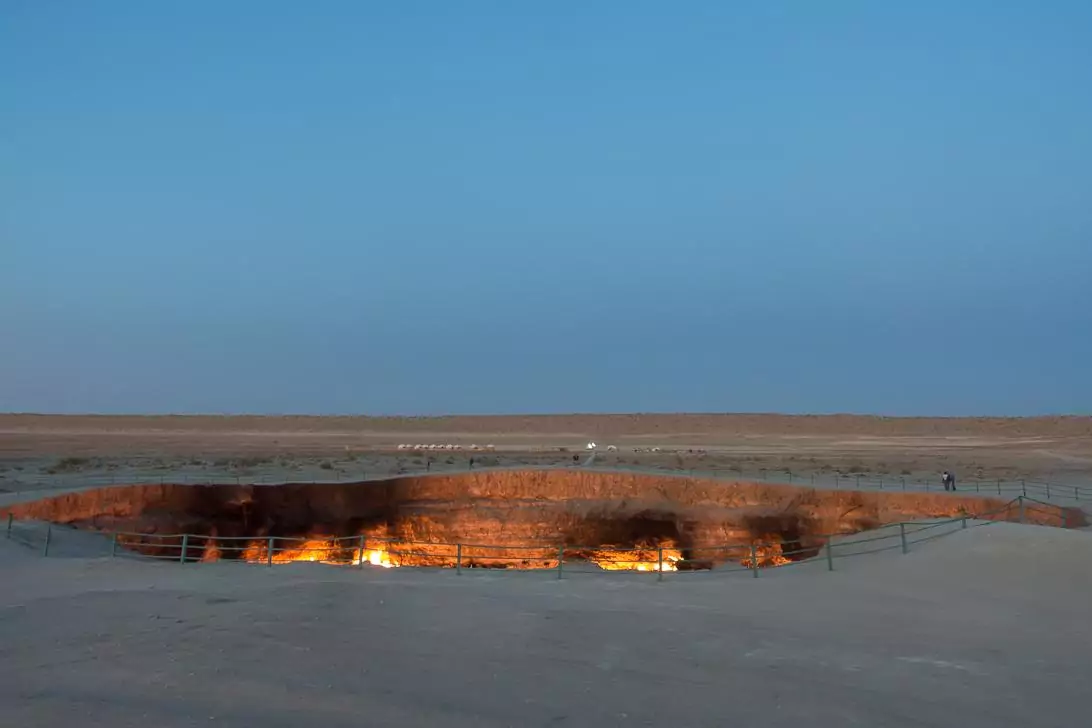
photography by: Adeline Wee
The gates of hell during night-time.
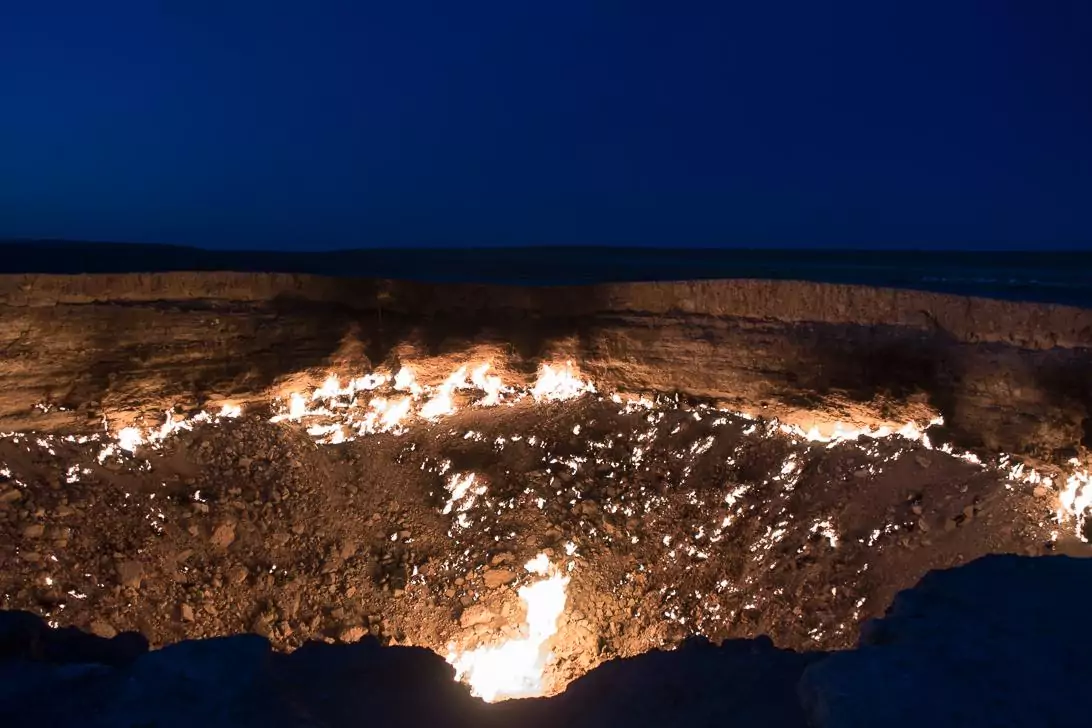
photography by: Adeline Wee
Catching the sunrise at Darvaza gas crater.

photography by: Adeline Wee
Kunya Urgench, another UNESCO World Heritage site. Nestled along the Silk Road, the ancient town of Urgench was historically part of the Achaemenid Empire, serving as the regional capital of Khorezm.
The mausoleum of Turabek Khanum, a Mongolian princess and the daughter of an Uzbek Khan who converted the area into Islam. The mausoleum is famous for its magnificent interior dome depicting the heavens.

photography by: Adeline Wee
The mausoleum interior.
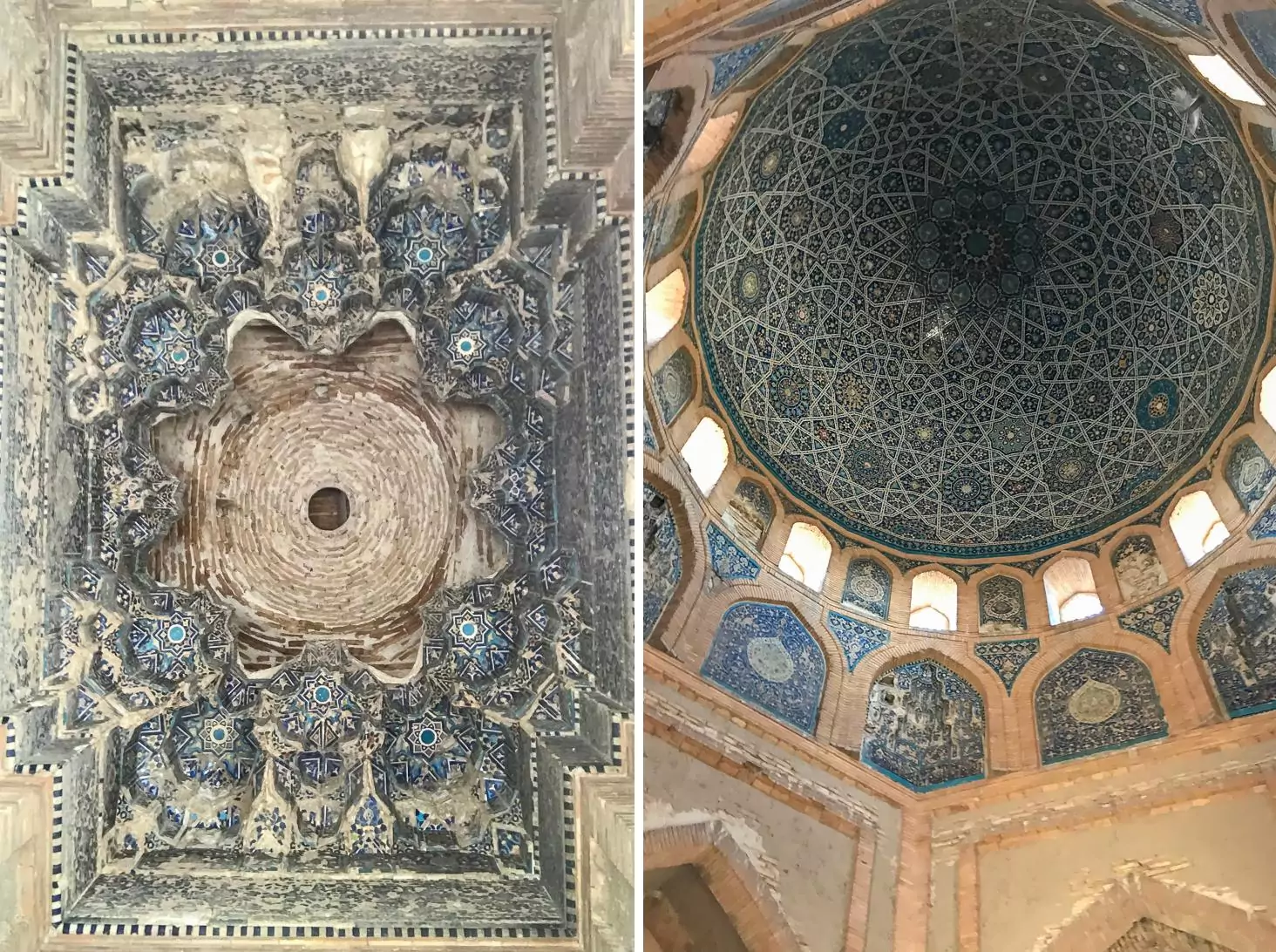
photography by: Adeline Wee
On the right: Timur Qutlugh Minaret and the Sultan Tekesh Mausoleum.
On the left: Dating back to the 12th century, the II Arslan Mausoleum was built in honor of Kho-Rezmshah II Arslan who was the local ruler from 1156 to 1172.
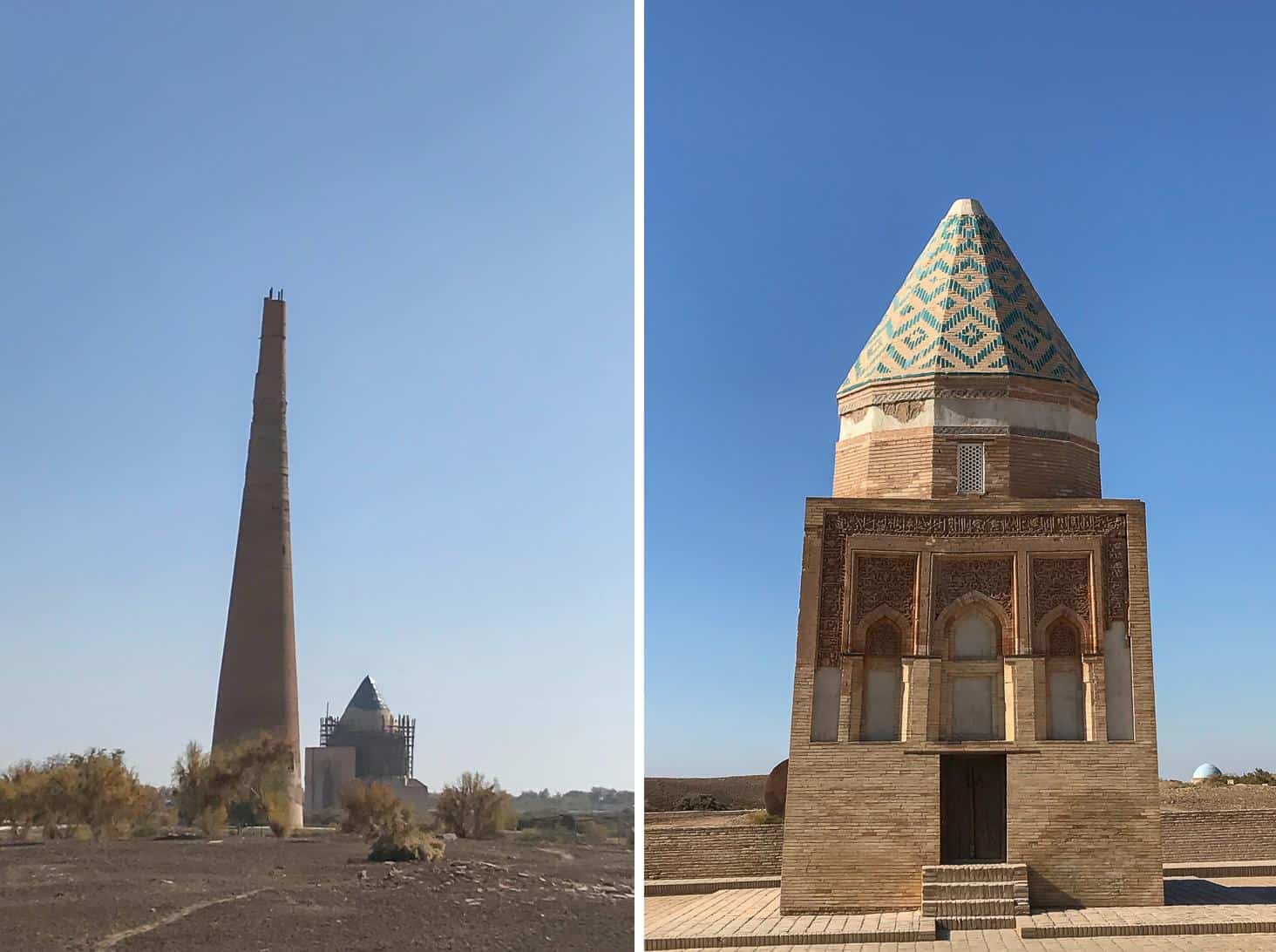
photography by: Adeline Wee
On the right: The mausoleum of Najm-ad-Din al-Kubra – a philosopher, painter, physician and chess master, and general Ahmed Ibn Omar Najm-Ad-Din al-Kubra, the founder of the Kubrawiya Sufi order.
On the left: The portal at the front of Najm-ad-Din al-Kubra mausoleum.
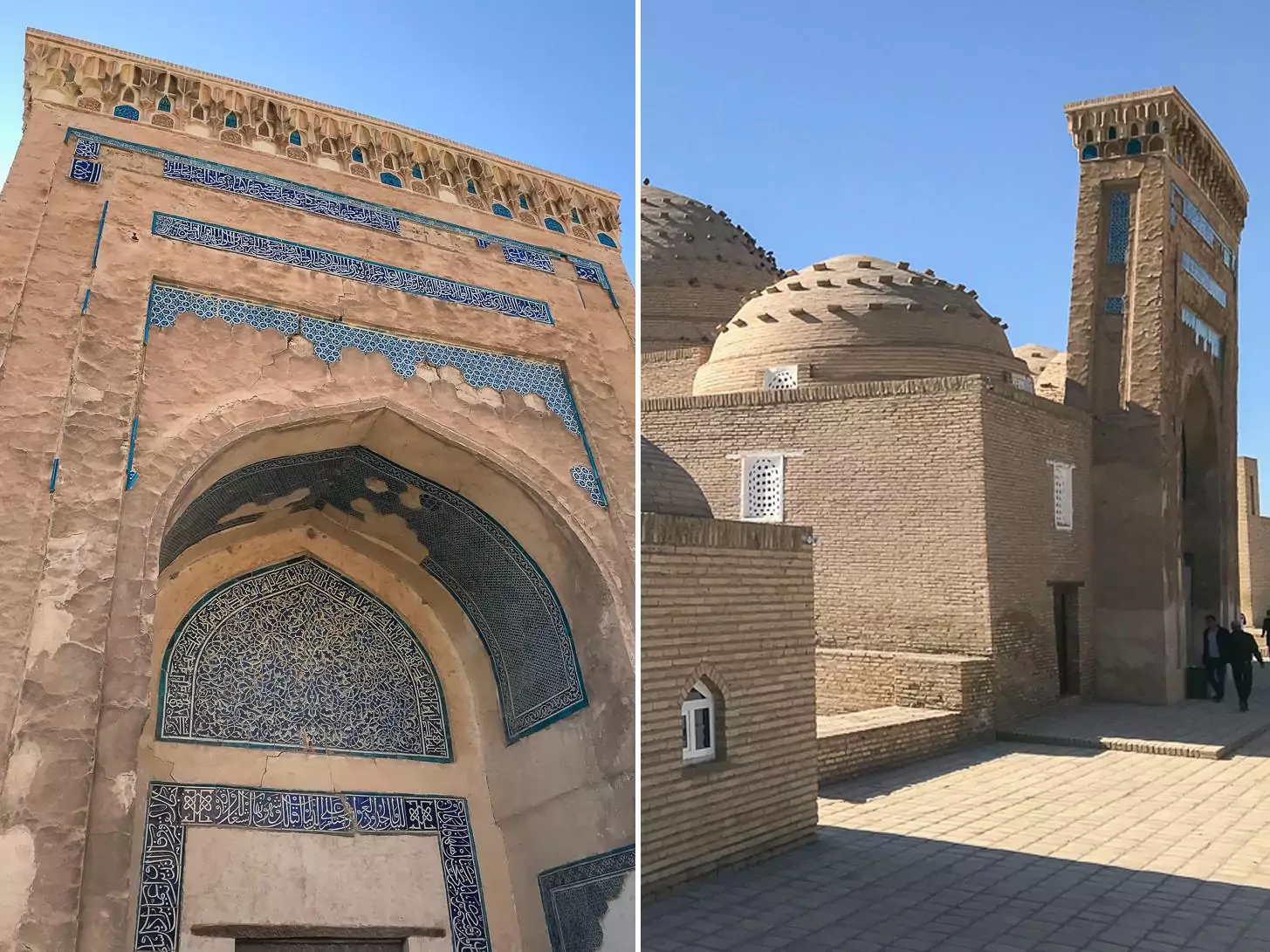
photography by: Adeline Wee
The Mausoleums of Sultan Ali, a ruler in the 16th century and Piryar Vali, while the later was built around the same time as Najm-Ad-Din al-Kubra.
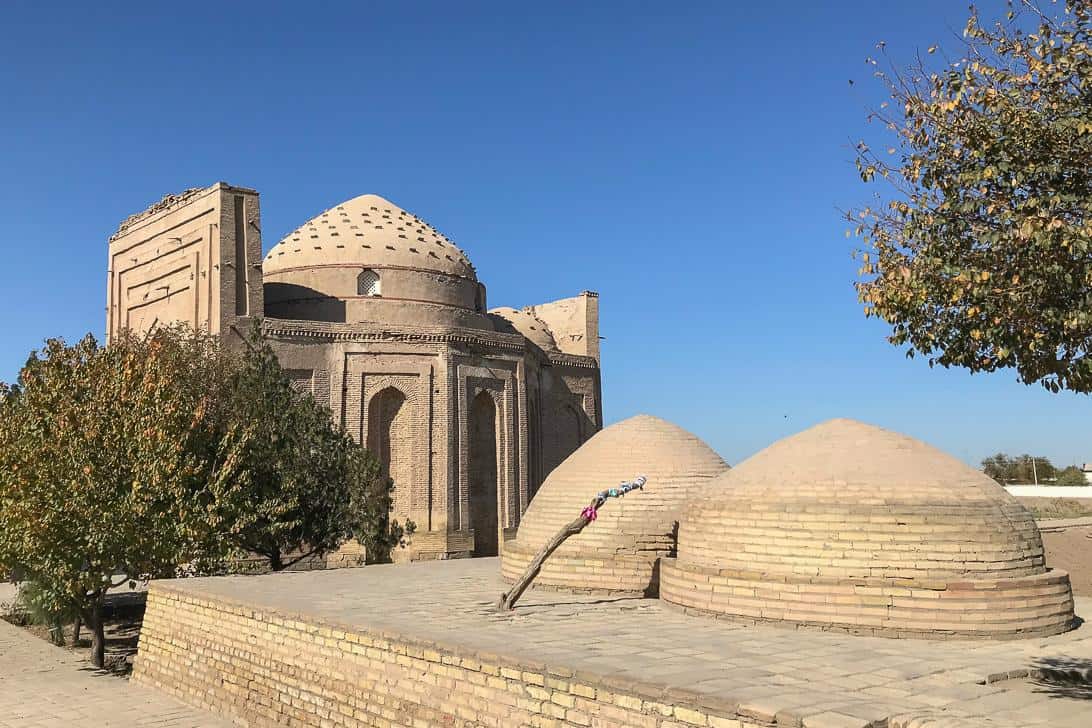
photography by: Adeline Wee
Just a passionate photographer who uses photos to express myself. The art of photography teaches patience and an appreciation for the simple and fine details in life. Experiencing life through my lens. Always in search of new adventures.

photography by: Adeline Wee